Industry Insights and Thought Leadership
Industry Reflections
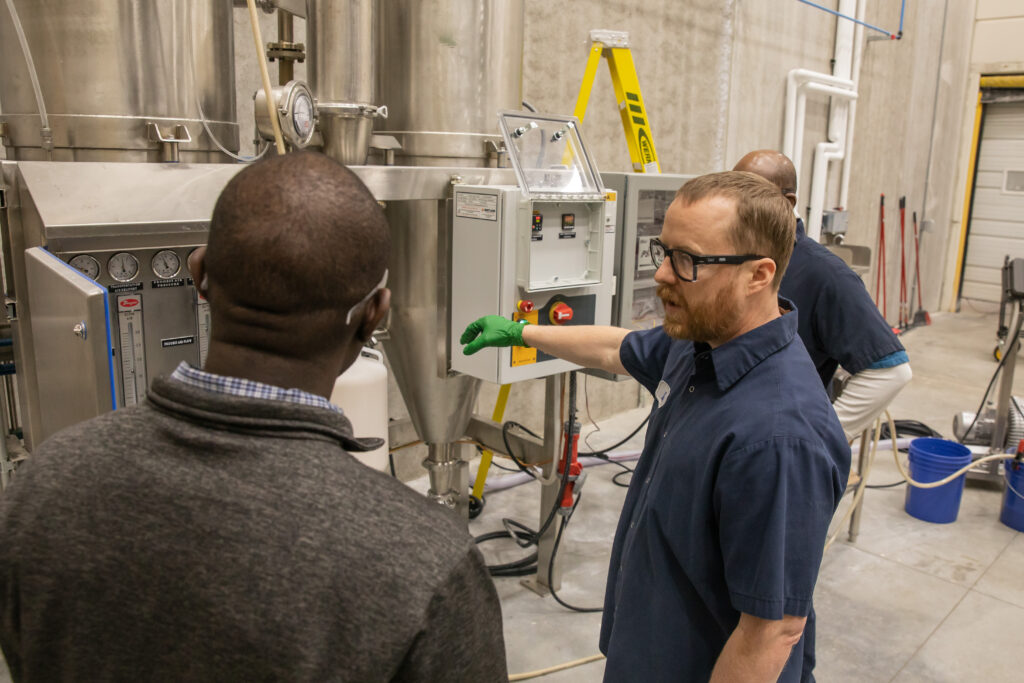
Two Big Reasons You Need Our Small Spray Dryer
Throughout a facility tour at MDG you’ll walk past different sizes of the same equipment, one example, specifically of interest to many plant companies, is the 6-foot pilot spray dryer that stares up at a 34-foot electric production spray dryer. Flexibility in spray drying equipment size offers two intentional benefits: affordable trials and high-yield spore production. What is Spray Drying? MDG’s Pilot Spray Dryer Spray drying is used in markets such as custom fermentation, plant health, animal agriculture, wastewater, I&I, aquaculture, human probiotics, landfill, and bioremediation. This process involves drying liquid droplets into a fine powder. A nozzle that turns a stream of liquid into a fine mist allows for droplets ranging in micron sizes to be achieved and produce fine particles as the water droplets dry. Fine particle sizes are required for applying product through in field spraying applications making it a popular drying method for agriculture products. Affordable Trials Field trials are a common step in bringing a new strain or product to market. Field trials require a small amount of high-quality product and bringing a product to market requires high amounts of high-quality product. While that may seem like stating the obvious, few manufacturers are set-up to execute on […]
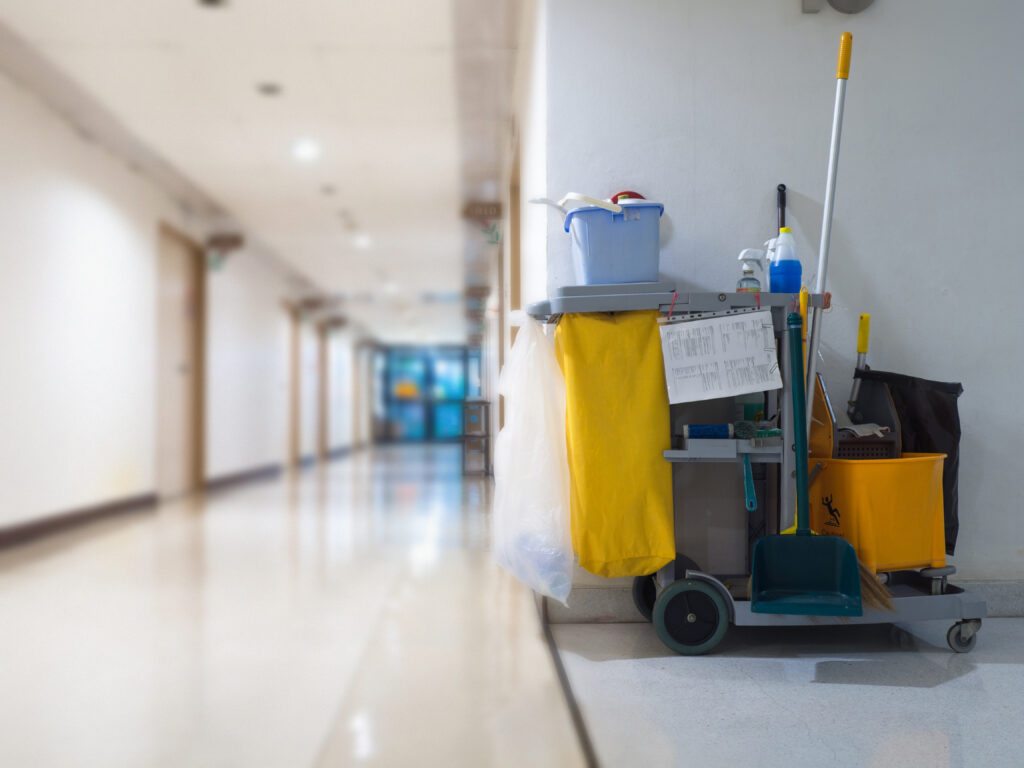
Trends of Today: Janitorial and Sanitation Market
All markets experience industry trends, both perils and opportunities. The key to success within any market is not simply navigating trends but getting ahead of the impact. As a Bacillus manufacturer for multiple markets, we tend to see overlap, allowing us to predict and forecast changes. Today, in the Janitorial and Sanitation industry, many of our partners are discussing trends that are both specific to the industry, and trends impacting markets across the globe. Lead Times and Availability Supply chain disruptions are felt across nearly all industries. Delays in raw materials, backlogged freight, and the rising demand has resulted in price spikes and the urgent need for replacement options. Green Ingredients Clean ingredient incentive groups all over the world have taken a hard look at manufacturers of products used for industrial, institutional, janitorial, and commercial cleaning. Of particular interest is the environmental impact these products elicit. Labor Shortages The Bearu of Labor and Statistics US Bearu Labor report stated that in 2021, 47.8 million and in early 2022, 4.3 million Americans “quit” their jobs. This has been deemed as the “Great Resignation” and because of this, companies are finding it hard to hire talent with the skills needed. Sustainability Environmental, social and governance (ESG) factors are […]

Clean Ingredients for Cleaning Products
With growing restrictions faced by ingredients used in cleaning products, Bacillus has found itself in a unique role as a solution. Clean ingredient incentive groups all over the world have taken a hard look at manufacturers of products used for industrial, institutional, janitorial and commercial cleaning. Of particular interest is the environmental impact these products elicit. Many commodity ingredients of the past decades have experienced a great deal of scrutiny and limitation in use as of late. Nonylphenol ethoxylates, phthalates, caustics, acids and phosphates are just a few types of ingredients that were formerly used in abundance, but now have experienced restrictions by many environmentally conscious agencies. Alternatives to these ingredients with a lower bioburden are needed to bridge the gap between efficacious products of yesterday, and Earth-safe products of tomorrow. To say that “Bacillus is biodegradable” is a gross underestimation of the power of Bacillus. Bacillus is the “Biodegrader!” Not only are Bacillus products able to attack and reduce the subject of your cleaning application, but these organisms will work to digest other residual materials in the site of interest. Even better, many strains of Bacillus are considered often “generally regarded as safe” (GRAS) with respect to, giving Bacillus manufacturers a vast variety of safe strain options. A few agencies […]

The Underlying Cause of H2S and How to Reduce It
Elevated hydrogen sulfide (H2S) levels are a serious concern for wastewater operators and introduce a variety of treatment challenges. While many treatment options reduce the symptoms of H2S (odors, safety risks, and corrosion), they are reactive and neglect the underlying culprit: sulfur-reducing bacteria (SRB). A discussion of H2S generation will aid in exploring the pros and cons of common reactive H2S treatment methods and how bioaugmentation can be a proactive treatment method. The Escalating Phases of H2S At low concentrations, H2S exhibits a rotten egg odor. At high concentrations, H2S can cause corrosion or physical harm including loss of consciousness or death in extreme cases. Understanding how H2S is generated and changes through its breakdown cycle is crucial to making informed treatment decisions (Figure 1). Figure 1: Sulfate breakdown in a typical wastewater environment. The process starts with sulfate, which is often present in wastewater. Normal levels of sulfate are harmless and natural. Sludge and fats, oil, and grease (FOG) are another common component of wastewater. When combined, sludge and FOG can create a reaction which removes oxygen from wastewater and potentially creates an anaerobic environment SRB thrive in anaerobic environments with high levels of sulfate. The higher the concentration of SRB, the higher the potential for H2S production. Most H2S treatments occur at this point in the breakdown chain, either by enhancing the non-SRB microbial community by introducing additives, or by removing H2S. If H2S goes untreated, […]
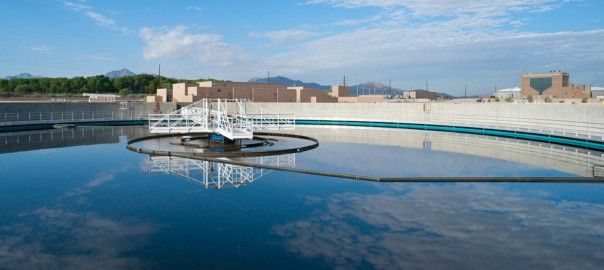
Alternatives to Ferric Chloride Offer Superior Economic and Treatment Improvements
Similar to many other chemicals, the price of Ferric Chloride has fluctuated over the years. While customers can typically handle slight changes, the industry has seen fluctuations in pricing, as large as, 4X the previous market average in recent years. For small to medium wastewater treatment plans, a price increase on a high-demand product, such as Ferric Chloride, encourages operators to search for alternative treatments. Does MDG offer a replacement to Ferric Chloride? Bioaugmentation is a direct replacement to Ferric Chloride that offers superior economic and treatment benefits in two main applications. Hydrogen Sulfide (H2S) Control: Ferric Chloride is often used as a sulfur binder in anaerobic digestors, aerobic sludge digesters, collections systems, force mains and lift stations as a sulfur binder. The Biotifx® line offers alternative products specifically focused on H2S abetment, backed by case studies and in-field success. Settling in Secondary Clarifiers: Ferric Chloride is used as a settling aid and percipient in primary and secondary clarification. Secondary clarification for biological waste activated systems that use Ferric Chloride can be replaced with bioaugmentation to improve the settling of that system. Is Bioaugmentation an easy switch from Ferric chloride? Bioaugmentation is a simple switch featuring a small footprint and minimal […]

Oil vs. Bacillus
If you’re in the business of keeping your customers’ kitchens running safe and clean, you’re aware of the impact cooking oil can have over time on drains and pipes. A lot of fats, oils, and grease (FOG) can build up in systems like grease traps, sewage systems and industrial systems. Eventually, the FOG from both commercial and residential food preparation can accumulate in pipes and lead to major issues like sewer overflows, problems at pumping stations and odors. Let us now introduce you to your new best friend, Bacillus – a type of bacteria that thrives on the rich nutrients found in FOG. At MDG, we created a Bacillus-based treatment called SporActiv® for the janitorial and sanitation market that effectively digests FOG through bioaugmentation. Using a Bacillus-based solution instead of physical or chemical treatments is cost-effective in that it helps reduce the need for cleaning or pumping FOG from grease traps and lift stations. To demonstrate the effectiveness of our Bacillus at reducing FOG, we conducted a lab experiment, where we added olive oil or vegetable oil to liquid media, treated with SporActiv® Core, and measured the bacterial activity. There was an increase in bacterial activity in the presence of all three types of oil, indicating that the Bacillus were able to use the oils as a food […]

New Lagoon Microbial Treatment
The Biotifx® 40B Water Soluble Packet is a highly concentrated, microbial treatment for lagoons and other large wastewater systems. The powder is pre-measured and the packaging dissolves in water, making it easy for operators to apply. Effective within a variety of wastewater applications, the Biotifx® 40B Water Soluble Packet alleviates challenges associated with sludge, fats, oils, grease (FOG), odor and hydrogen sulfide (H2S). “These packets are 10 times the strength of MDG’s standard treatments and are 10-40 times the strength of some of our competitors,” said Sona Son, Director of Research and Development. The product is formulated with MDG’s Biotifx® blend of bacterial strains that are scientifically selected for their ability to degrade a broad range of organic material. It is enhanced with the addition of a proprietary blend of micronutrients and wastewater biostimulants to heighten performance of the microorganisms. “There’s nothing like it on the market. It’s the strongest, ready-to-use bioaugmentation product that exists today,” says Mike King, President. Relative to competing chemical and microbial products, Biotifx® 40B Water Soluble Packets save costs by reducing labor of application, waste (pails), storage and inventory needs, dosing equipment and maintenance and shipping. Ideal for treating systems in: Large Municipalities Food and Beverage Manufacturing Pulp and Paper Manufacturing Refineries and Chemical Manufacturing […]

How to Increase Your Sales
Could you benefit from higher income per sales hour? Lower hours spent per close? Higher close rates? This is what’s possible when you distribute quality, science-backed bioaugmentation solutions that are paired with an easy-to-understand, product education program for your sales team. Premium Solutions + Effective Training = Success At MDG, we’ve taken the time to work with the scientific community to not only understand what’s taking place inside wastewater systems, but also how to improve the efficiencies within. This knowledge of the wastewater industry has helped us develop products and an effective training program that allow you to increase your sales while expanding business with your current customers. At MDG our tagline is Real Science, Trusted Process and Proven Success. MDG refines and delivers products and ideas by applying Real Science to a Trusted Process, yielding Proven Success. Here’s a look at what’s possible when you partner with a wastewater treatment manufacturer like MDG and distribute Biotifx® solutions. Sales Per Hour When selling Biotifx® solutions, specifically for lagoon treatment, a team of 5 sales representatives can typically expect to make $1,042 per hour on average after 1-6 months of onboarding. After 7-12 months, that dollar amount typically increases to about $2,083 per hour. These numbers are based on historic data and are possible when your team completes our thorough […]
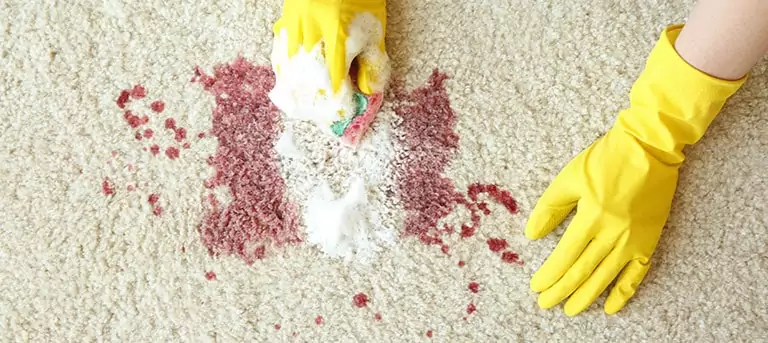
Cleaning with Biosurfactants
In your search for environmentally friendly cleaning ingredients, you’ve likely come across the term ‘biosurfactants’. Do you know what they are – and what they do in bio-enzymatic cleaners? Read on to become armed with the knowledge you need to make informed formulation decisions. What is a Biosurfactant? A biosurfactant is a biologically derived substance that helps reduce the surface tension of a liquid in which it’s dissolved. In the context of industrial and institutional cleaning, biosurfactants can be produced by a variety of microorganisms and help breakdown difficult-to-degrade materials like fats, oils and grease (FOG). The biosurfactants produced by microbes in bio-enzymatic cleaners are considered safe with few environmental repercussions surrounding their use. They are widely considered to be non-harmful to both human and animal health and are easily degradable. How Do Biosurfactants Work in Bio-Enzymatic Cleaners? Biosurfactants can help boost the degradation of stains within bio-enzymatic cleaners. First, they reduce the surface tension between two otherwise unmixable liquids (think oil from a stain and water from the cleaner base), combining the two liquids together. With the two liquids blended, the microorganisms within the bio-enzymatic cleaner can digest the oil molecules, helping to remove the stain. Additionally, like traditional cleaners without […]
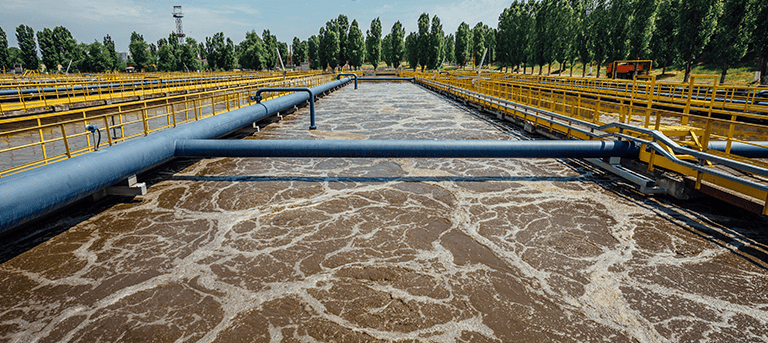
Resolving Toxic Upsets: Quats in Wastewater
Earlier in this article series, we touched on how bioaugmentation treatments for wastewater have been around for 50+ years to help resolve toxic upsets. We also explored how Bacillus, a certain genus of bacteria that can be used in microbial treatments, are resilient to oxidizers. Today, we’ll examine how Bacillus are resistant to another powerful but non-oxidizing anti-microbial: Quats. What are Quats? Quaternary ammonium compounds (QAC, also referred to as “Quats”) are potent disinfectant ingredients found in both household and industrial cleaners. Some common examples are benzalkonium chlorides (BAC, BZK, BKC), alkyl dimethyl benzyl ammonium chlorides (ADBAC) and several other compounds identified by the words ‘ammonium chloride’ at the end of their names. How Quats Work Quats kill bacteria by puncturing or disorganizing the cell membrane, leading to interior component leakage and ultimately cell death. The use of Quats is especially common in food processing plants as tools for combating bacterial growth and contamination in the end-product. While this is effective for facility sanitization, it can potentially lead to problems in wastewater systems as they depend upon their inherent microbial community to function properly. Effects of Quats in Wastewater When a toxic substance like a Quat enters a wastewater system, it can drastically alter the […]